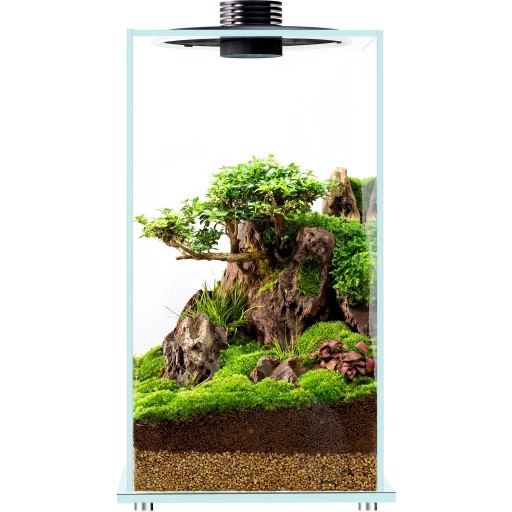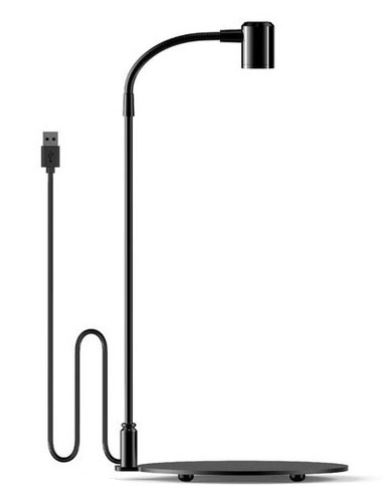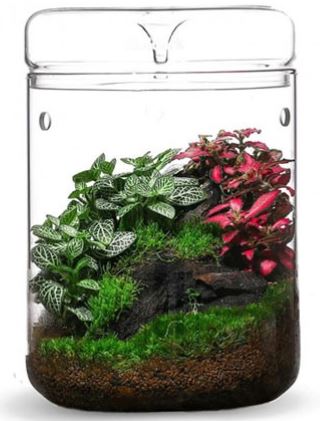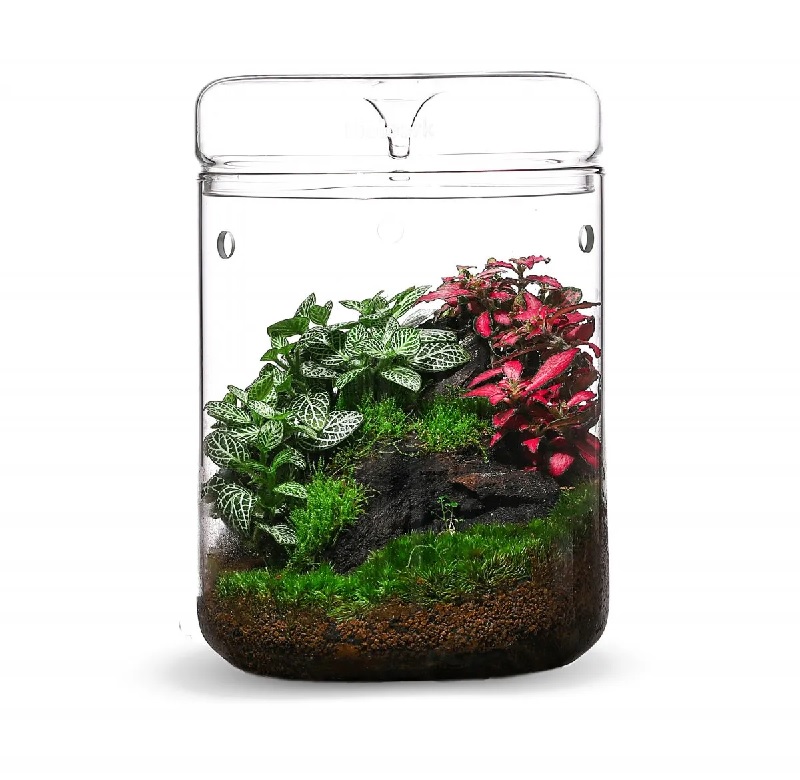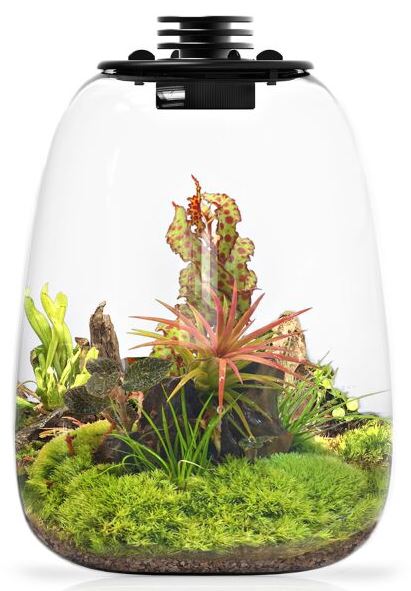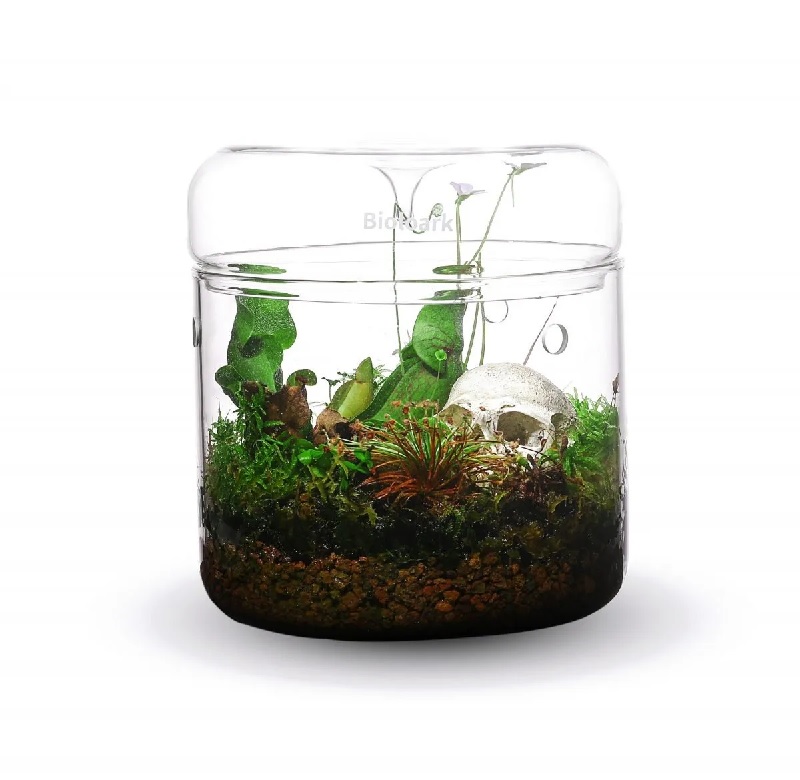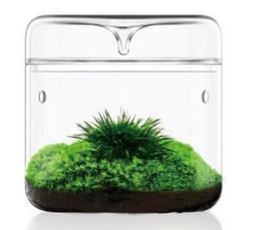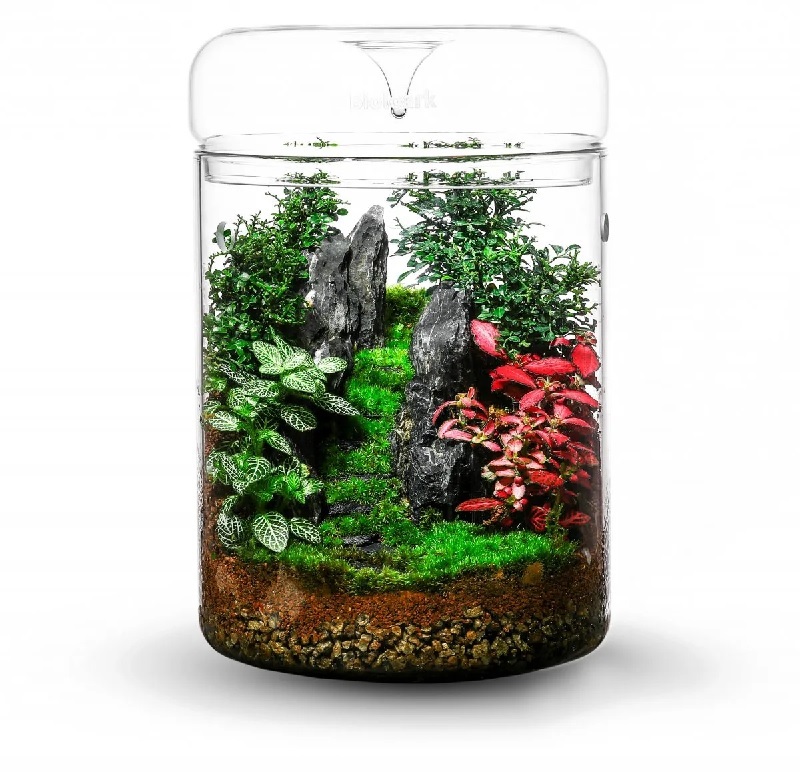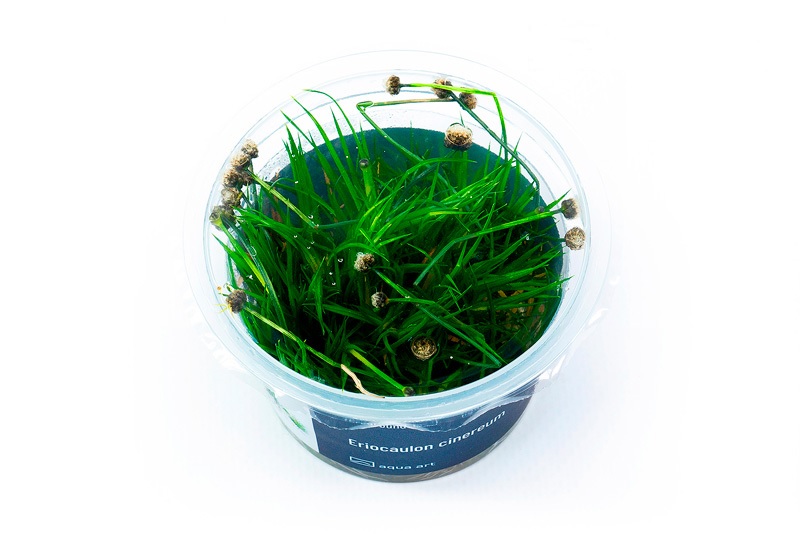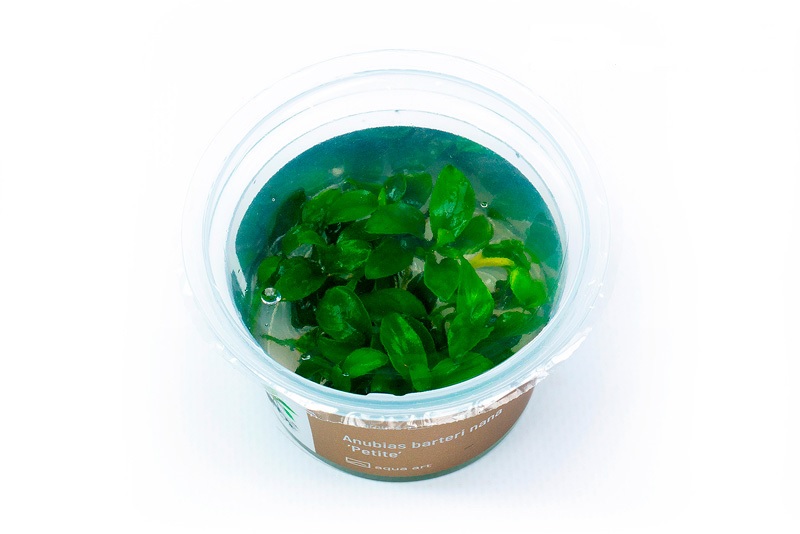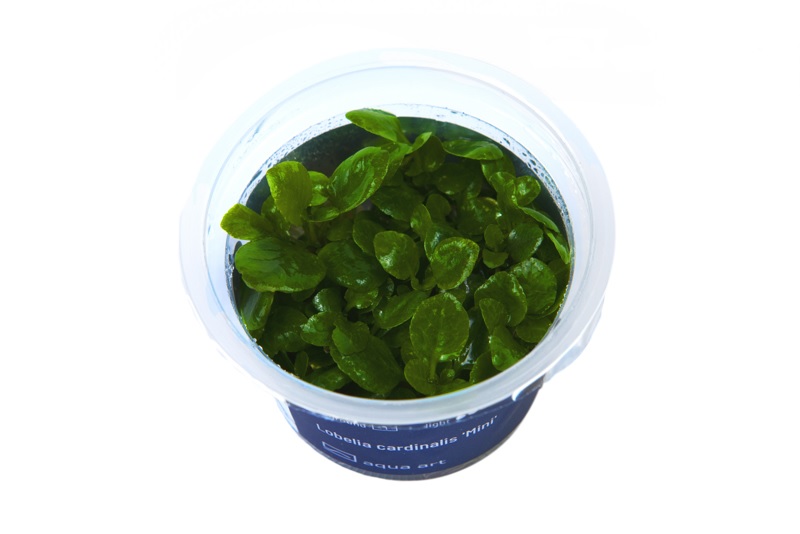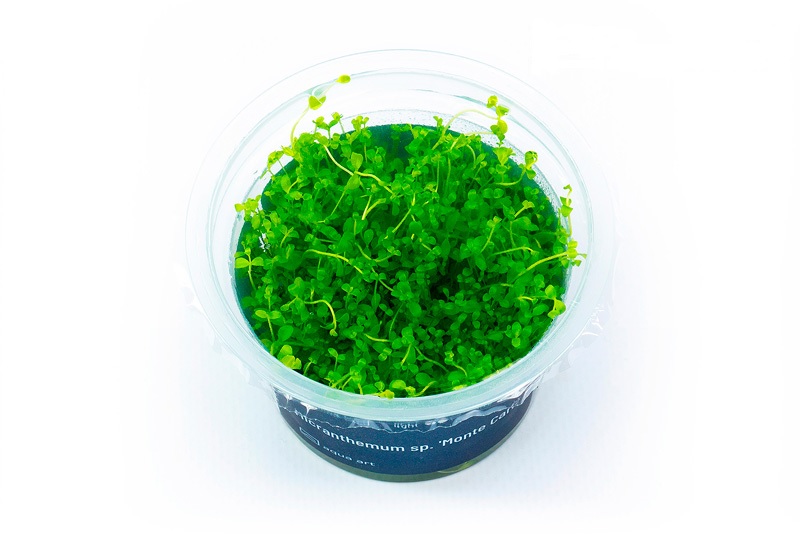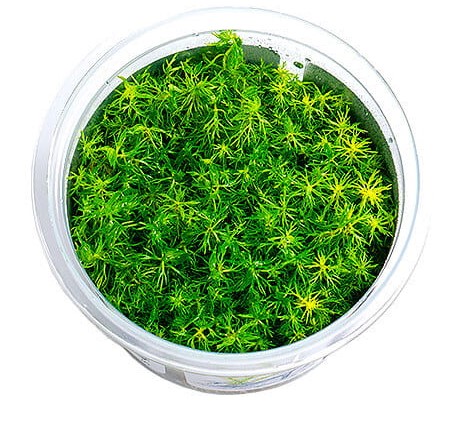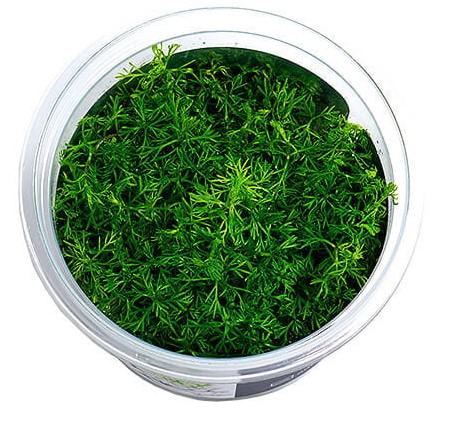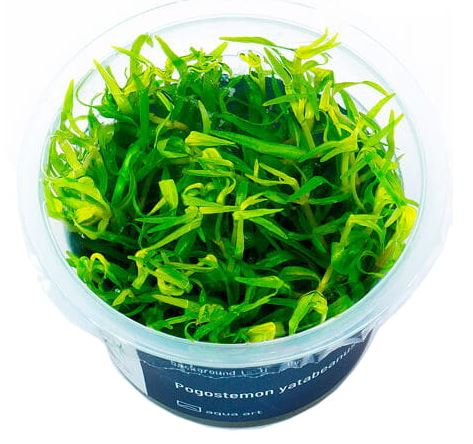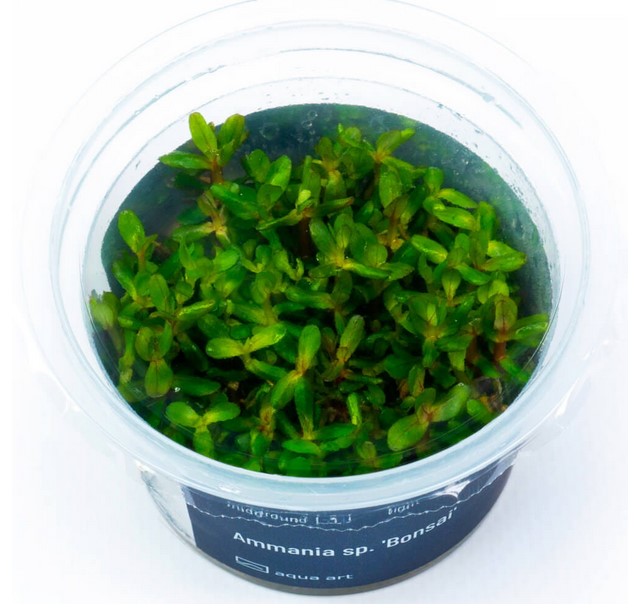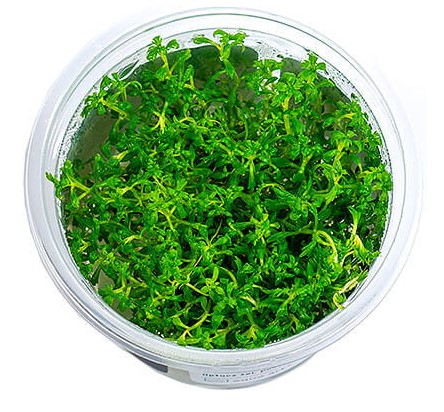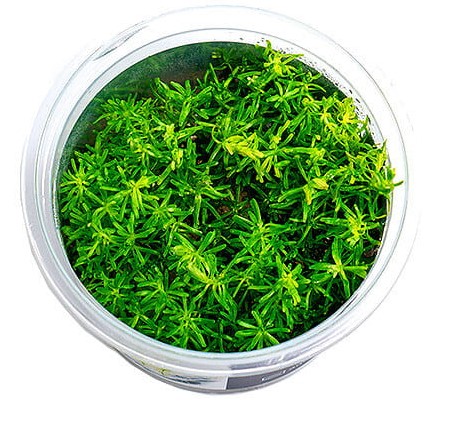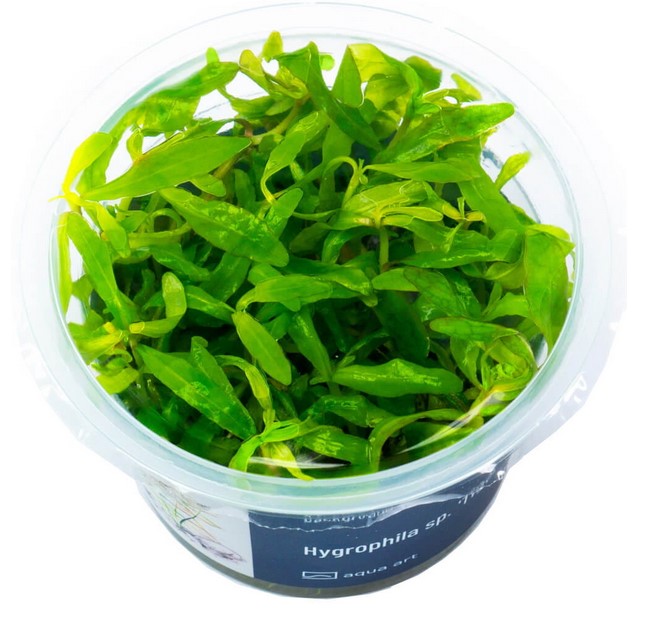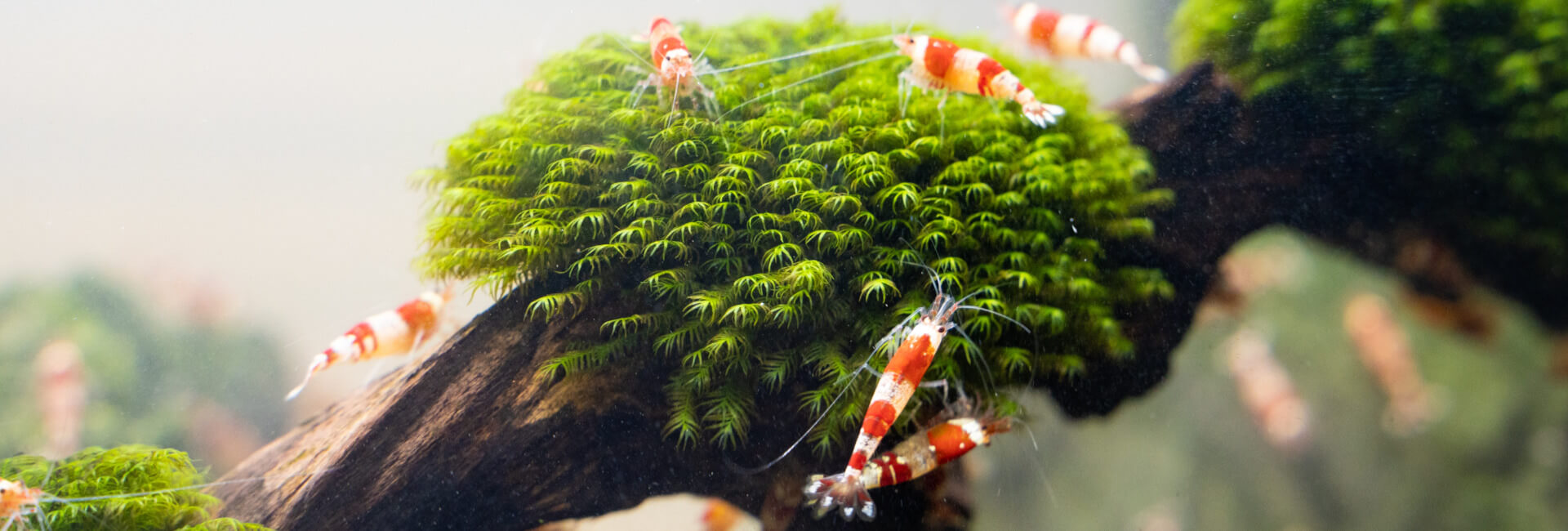
- Aquaria
- Terraristics
- Dogs
- Cats
- Rodents
- Birds
- Garden animals
- Garden pond
- Vouchers
- About us
- Store
- Blog
- FAQ
- Pet Info
Aquarium plants for nano aquarium
in the aquaristics shop
Large selection of aquarium plants for nano aquariums
Aquarium plants shop for nano aquariums plants
Aquarium plants for nano aquariums
In our nano aquarium plants shop, you as an aquarist will find various types of nano aquarium plants / aquarium plants for small aquariums.
Browse through our large selection of nano aquarium plants for nano aquariums and find the right nano aquarium plant for your mini aquarium(s).
We hope you enjoy shopping in our aquarium plants shop for nano aquarium plants / aquarium plants.
If you have any questions or would like further information about nano aquarium plants / nano aquarium plants for aquariums, we will of course be happy to assist you with our expert knowledge. Contact us without obligation by e-mail or telephone, we will be happy to advise you.
 andrea aregger
andrea aregger
02-06-2017, 12:54:32 PM
 Marco Canzio
Marco Canzio
01-24-2019, 04:30:42 PM
Super Einkaufsmöglichkeit für Tierwaren und Kleintiere! War vorher lange im Qualipet und gar nicht zu frieden. Ab jetzt gehe ich nur noch in den Zoo Roco. Sehr freundliche und hilfsbereite Bedienung!
 Dom Von. R.
Dom Von. R.
04-28-2022, 06:56:35 PM
1A Kindenservice!
Der Kundenservice ist wahnsinnig schnell und sehr zuvorkommend. :)
 Brigitte Signer
Brigitte Signer
03-13-2017, 04:13:15 PM
Hilfsbereite freundliche bedienung wünsche werden erfüllt wenn möglich kompetentes personal
 Regula Nussbaum
Regula Nussbaum
08-22-2018, 06:43:06 PM

